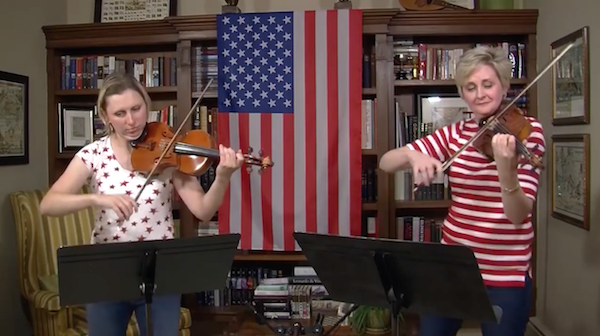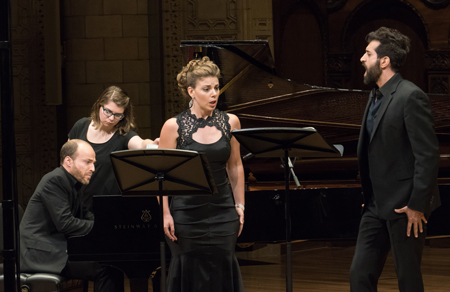by Jarrett Hoffman
VETERANS DAY & ARMISTICE DAY:

Officers had their watches in their hands, and the troops waited with the same grave composure with which they had fought…there came a second of expectant silence, and then a curious rippling sound, which observers far behind the front likened to the noise of a light wind. It was the sound of men cheering from the Vosges [mountains] to the sea.
(Conflict in fact continued in several places due to delayed communication, one general’s disapproval of the peace agreement, and other reasons, in some cases with tragic and unnecessary results.)
Armistice Day was first held at Buckingham Palace a year later. Many countries have since renamed it Remembrance Day, while the United States chose the name Veterans Day in 1954, following World War II and the Korean War. Today, this federal holiday honors those who have served in the U.S. Armed Forces in war or peace, whether they’re living or deceased, provided they have not been discharged dishonorably.
(If you’ve ever been confused about the difference between Memorial Day and Veterans Day, or about smaller matters — like whether or not “Veterans” demands an apostrophe — here’s an informative article straight from the The Department of Defense.)
As for musical suggestions today, two members of The Cleveland Orchestra offer something upbeat, patriotic, and truly pyrotechnic — you have not heard Stars and Stripes likes this. Click here to watch violinists Katherine Bormann and Jeanne Preucil Rose (pictured above) perform that Sousa classic in a brilliant arrangement by Bruce Dukov. The performance honors “all those who have served, especially Katherine’s grandfather.”
And for anyone observing Armistice Day, read our coverage from the World War I centennial year in 2018, including events that featured the McGaffin carillon (with a look into the connection between bells and the Great War), and Oberlin Conservatory’s multidisciplinary World War I Festival. Both articles might give you more listening ideas.
TODAY FROM WCLV:

Noon brings the daily “Lunchtime with The Cleveland Orchestra,” which explores works by Dvořák, Shostakovich, and Haydn.
Then at 8:00 on WCLV’s Ovations, “Best of ChamberFest Cleveland” provides a mash-up of styles: bluegrass fiddling from Yura Lee, and music by Biber, Ligeti, Brahms, and Britten (namely his Canticle II: Abraham and Isaac, pictured here in performance by Marjorie Maltais, Karim Sulayman, and Orion Weiss). Links and details in our Concert Listings.
NATIONAL ARTS NEWS:
On Saturday, the Colburn School and LA Opera come together to stream the new critical edition of Joseph Boulogne’s comic opera L’Amant anonyme (“The Anonymous Letter”). Read here from Jason Victor Serinus of San Francisco Classical Voice to learn about that work, the unique circumstances of the stream, and about that 18th-century Black composer who has been brought to greater attention in recent months. (You can also read about Boulogne here in our series “The Legacy of Black Classical Music.”)
And here’s an interesting experiment undertaken by Zachary Woolfe of The New York Times: “I wanted to try, for the first time since the coronavirus pandemic largely closed down live performing arts worldwide, to review a concert taken in the way I have most music since March: while running in Prospect Park in Brooklyn, ducking into the bodega for milk, walking Gus [his toy poodle], living life.” His test subject: a recital by French pianist Pierre-Laurent Aimard — read here.


